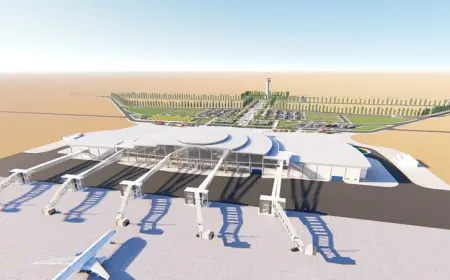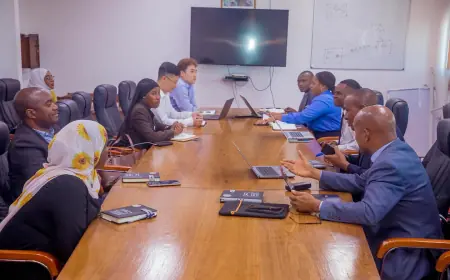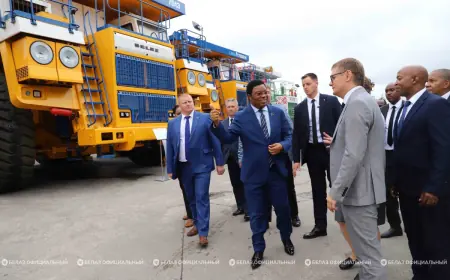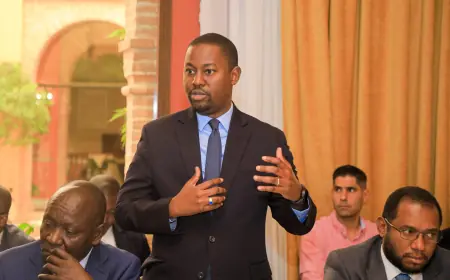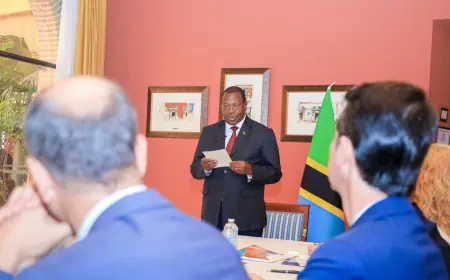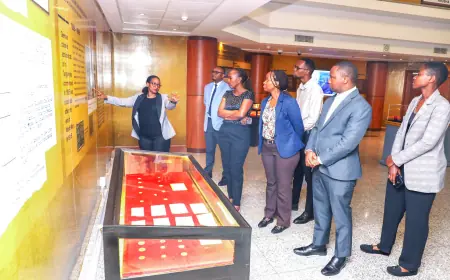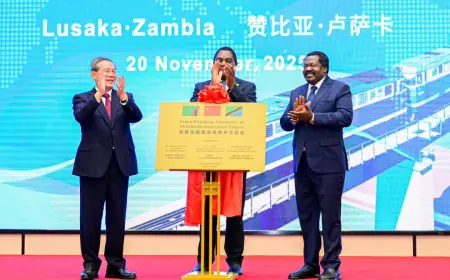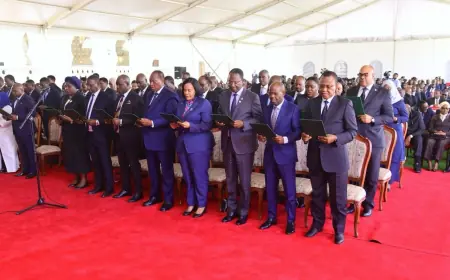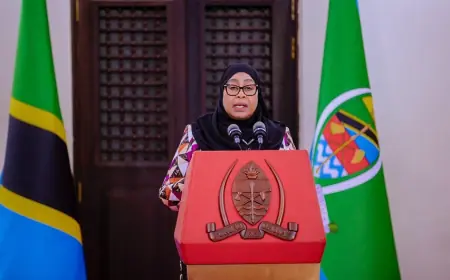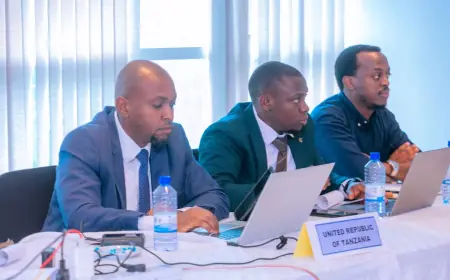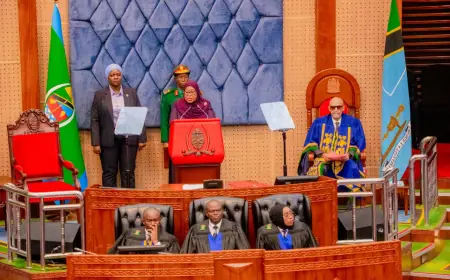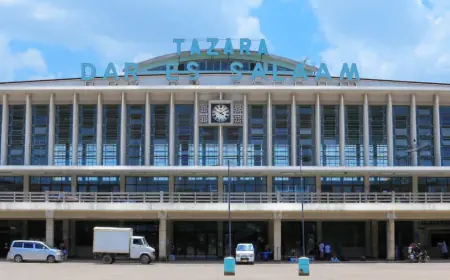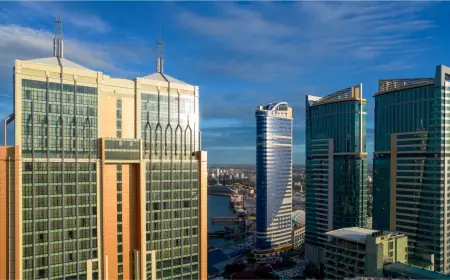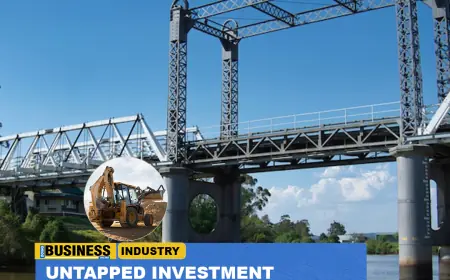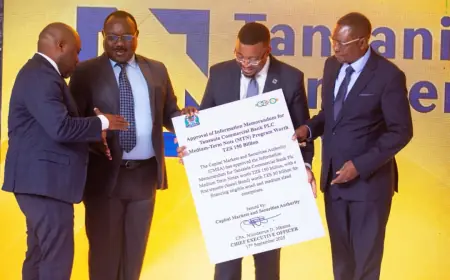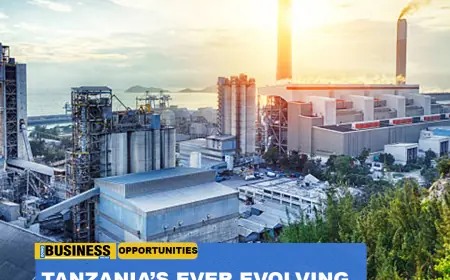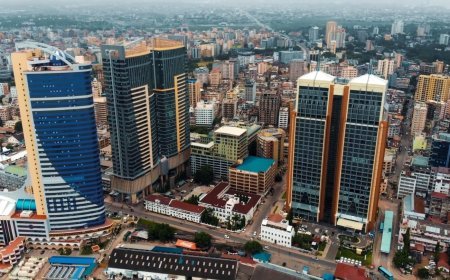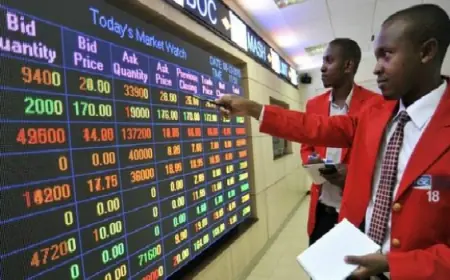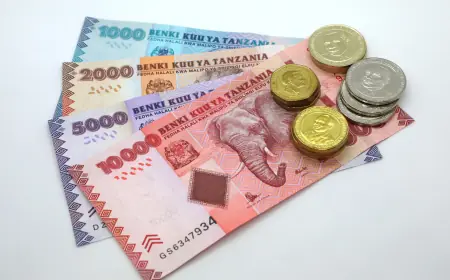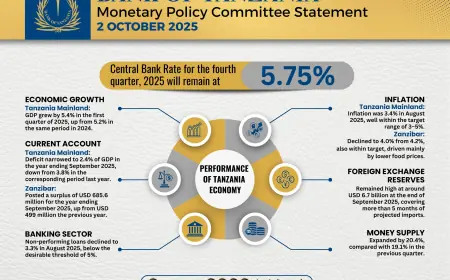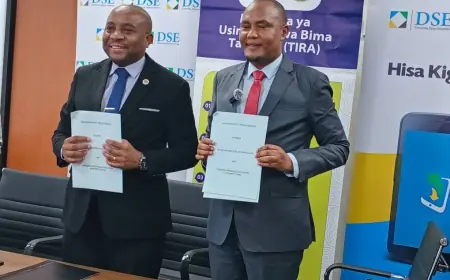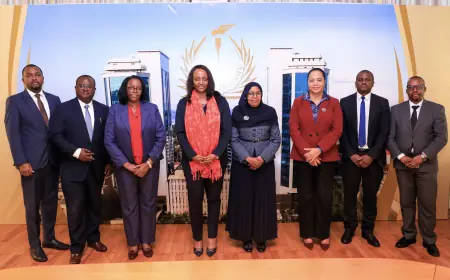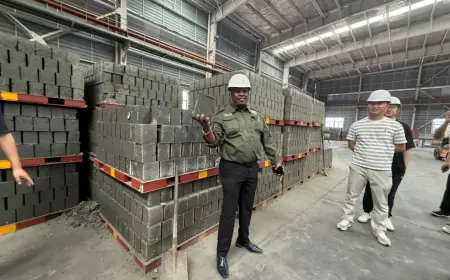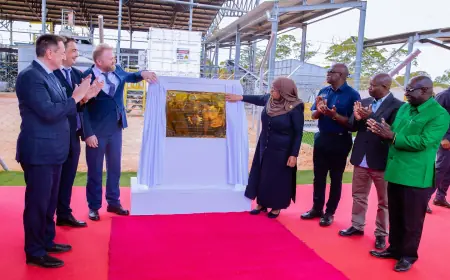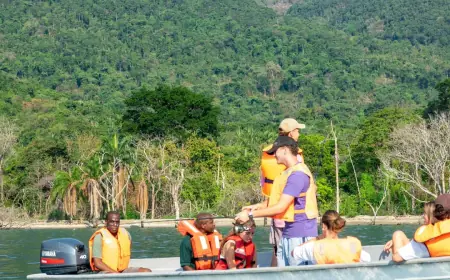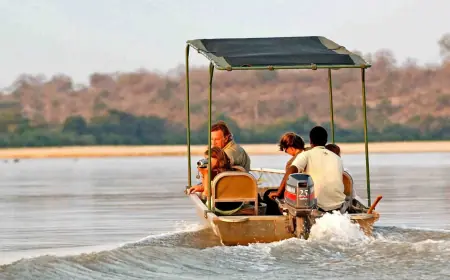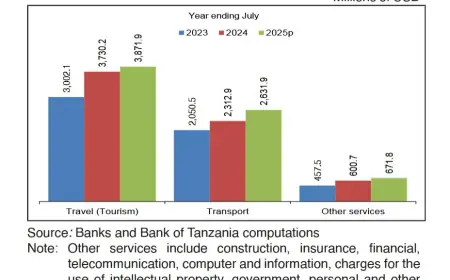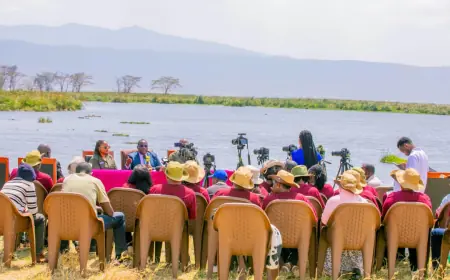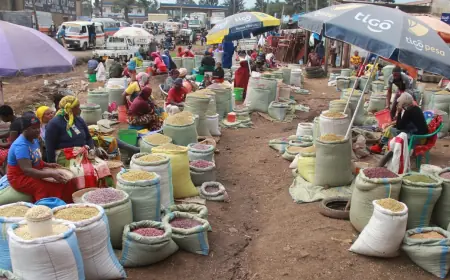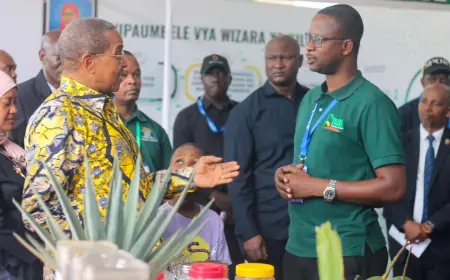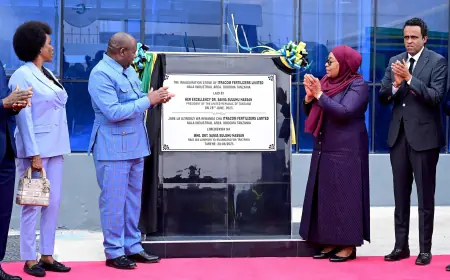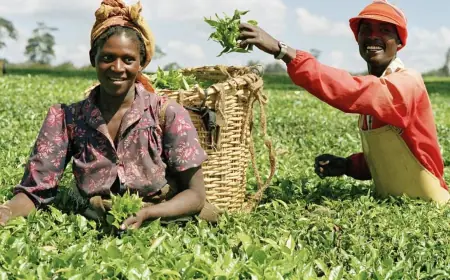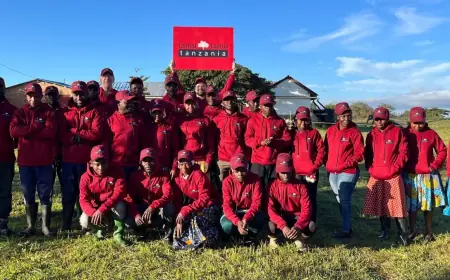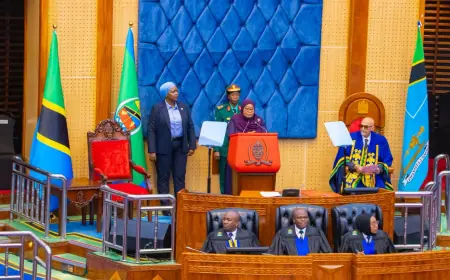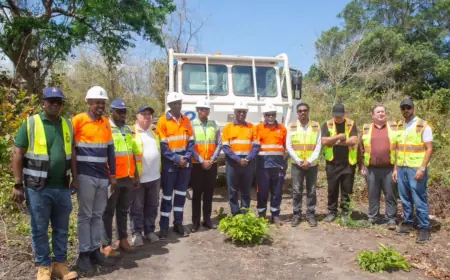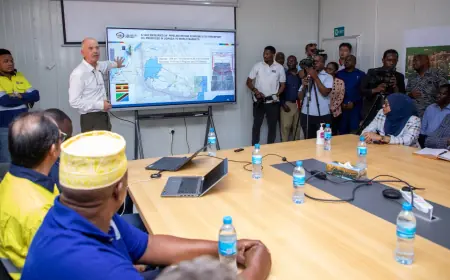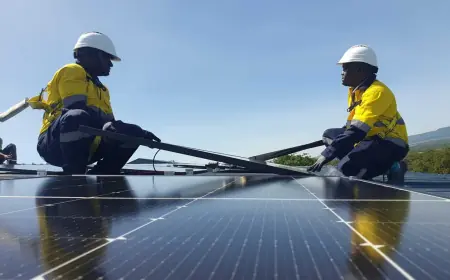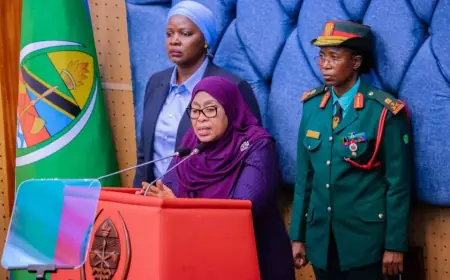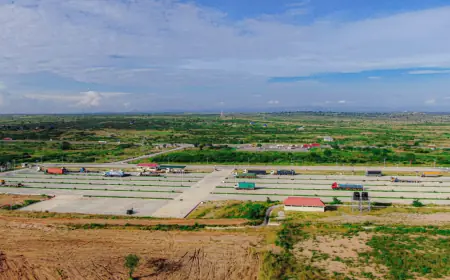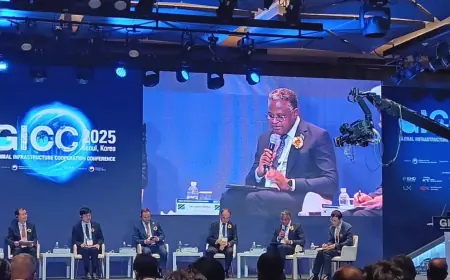Tanzanian Parliament officially adopts ambitious Vision2050 document
The Tanzania Development Vision 2050 (TDV 2050), tabled in Parliament on Thursday, June 26, 2025, by the minister of State in the President’s Office [Planning and Investment], Prof Kitila Mkumbo, outlines a strategic roadmap for repositioning the national economy through inclusive, resilient, and sustainable growth
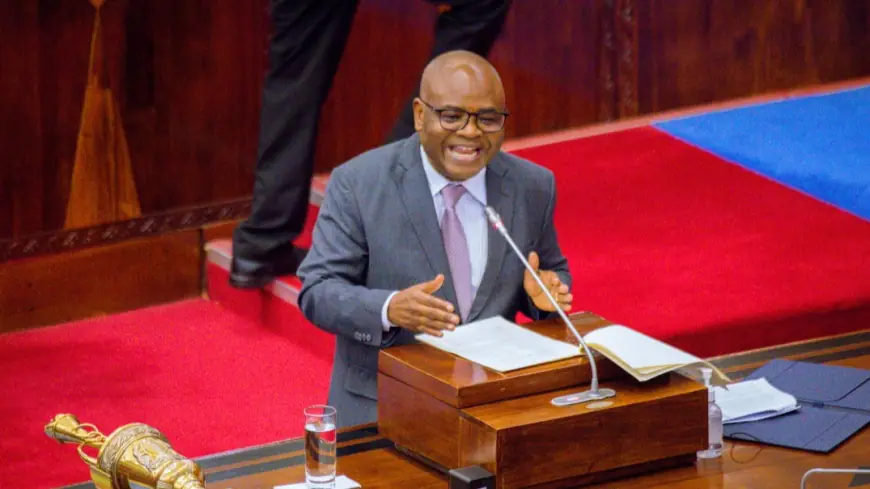
Dodoma. Tanzanian legislators have officially approved the ambitious long-term plan designed to guide the country’s socio-economic transformation over the next quarter-century, identifying nine priority sectors that will drive Tanzania’s transition to a $1 trillion, upper-middle-income economy by 2050.
The Tanzania Development Vision 2050 (TDV 2050), tabled in Parliament on Thursday, June 26, 2025, by the minister of State in the President’s Office [Planning and Investment], Prof Kitila Mkumbo, outlines a strategic roadmap for repositioning the national economy through inclusive, resilient, and sustainable growth.
Anchored in a long-term aspiration to attain a per capita income of at between $4,700 and $8,000, up from the current lower-middle-income threshold, the Vision lays out five national aspirations and four strategic pillars that will underpin economic planning and policy formulation.
These are supported by five cross-cutting enablers ranging from digital transformation to governance reforms and regional integration.
At the heart of the Vision are nine transformative sectors, selected based on their potential to catalyse job creation, stimulate value addition, generate export earnings, deepen industrial linkages, and enhance domestic revenue mobilisation.
The sectors are: agriculture, tourism, industry, construction and real estate, mining, the blue economy, sports and innovation, financial services, and the broader service economy.
“Vision 2050 provides a national compass for inclusive and sustained transformation. It is a shift from business-as-usual to strategic investment in high-impact sectors that will define Tanzania’s place in the global economy,” the Draft Vision2050 document reads in part.
Agriculture to Remain Foundational but Transformed
Agriculture—including livestock, forestry, and fisheries—is reaffirmed as a cornerstone of the national economy. Currently contributing 26.5 percent of GDP, the sector employs 65 percent of the labour force and accounts for 30 percent of export earnings.
Vision 2050 proposes a transformation from subsistence to market-driven and climate-resilient agriculture, integrating agro-processing and logistics to unlock greater value across the entire value chain.
“By 2050, agriculture will be more productive, competitive, and technologically enabled, serving both domestic markets and international trade,” the Vision notes.
This transformation will be supported by investments in irrigation, seed systems, digital platforms, and rural infrastructure, as well as a shift towards youth-oriented agribusiness models.
Tourism as a Pillar of Foreign Exchange and Employment
Tourism is currently Tanzania’s leading source of foreign exchange, accounting for 25 percent of national export revenues. With abundant natural and cultural attractions, the sector is positioned to expand further by attracting investment in hospitality, eco-tourism, and community-based enterprises.
Vision 2050 calls for a diversification of tourism offerings, stronger conservation financing, and a greater role for local communities in tourism value chains.
“Tourism will evolve into one of the top sectors for both direct and indirect employment by 2050,” it states.
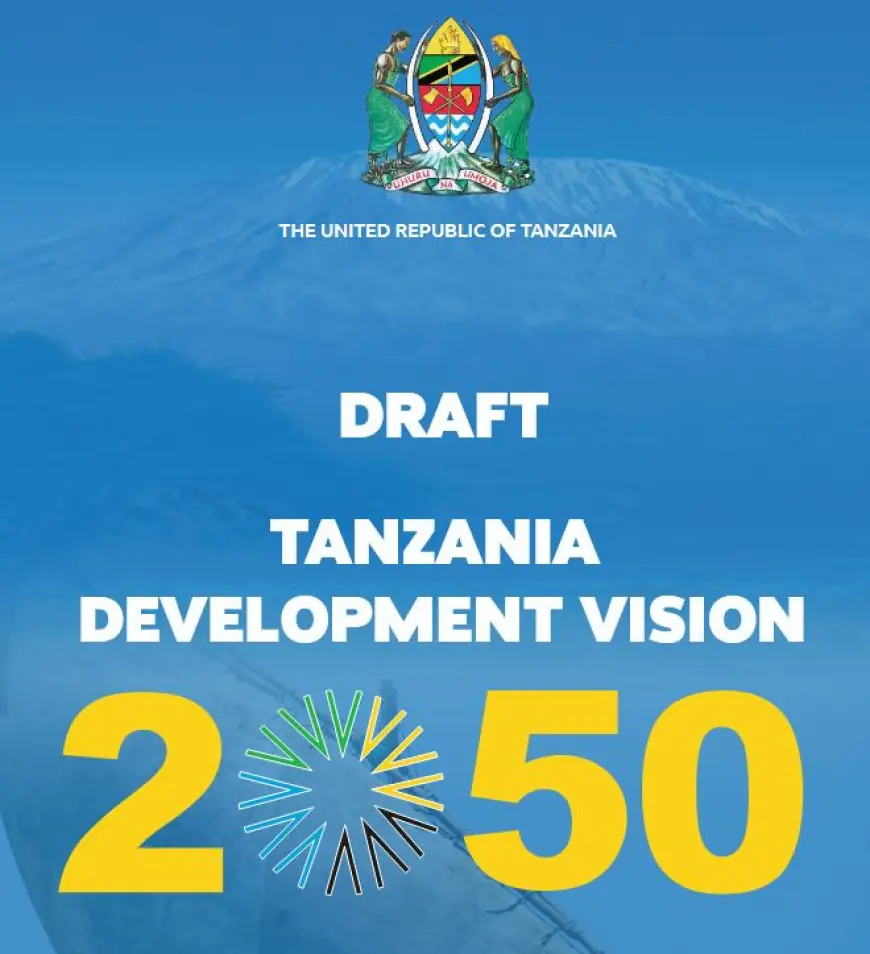
Industrialisation as the Cornerstone of Structural Change
While agriculture has long been the mainstay of the economy, TDV 2050 shifts the developmental centre of gravity towards industry, acknowledging the risks posed by climate change, global market volatility, and commodity dependence.
The Vision projects that industrialisation—focusing on agro-processing, light manufacturing, energy, and digital industries—will become the backbone of the Tanzanian economy, with a robust ecosystem for innovation, entrepreneurship, and export-led growth.
“Tanzania aims to position itself as a competitive industrial hub in Africa by 2050,” the document notes.
As urbanisation accelerates, construction and real estate are expected to play a critical role in addressing rising demand for housing, commercial infrastructure, and essential services. The Vision promotes planned urban expansion, inclusive cities, and investment in resilient infrastructure to support livable and productive urban environments.
Mining as a Strategic Export Sector
Tanzania’s mineral wealth—including gold, diamonds, tanzanite, and strategic minerals such as graphite, lithium, and rare earths—continues to be a pillar of the export economy. Vision 2050 calls for increased value addition within the country, environmental sustainability in extraction, and transparency in governance of extractive resources.
The sector is also expected to benefit from new demand for critical minerals tied to the global energy transition.
Harnessing the Potential of the Blue Economy
With its vast coastline, inland lakes, and rivers, Tanzania is well-placed to unlock value from the blue economy. Vision 2050 positions marine and freshwater resources as drivers of growth in fisheries, aquaculture, marine transport, tourism, and renewable energy.
A dedicated Blue Economy Financing Framework is to be developed to coordinate investment in sustainable ocean and freshwater activities, with emphasis on conservation, community participation, and regional cooperation.
Sports and Innovation as Emerging Engines of Growth
The Vision highlights sports and innovation as sectors with untapped economic and social potential. Beyond recreation, sports are framed as contributors to national unity, health, employment, and youth engagement. Innovation, meanwhile, is central to positioning Tanzania in the knowledge economy.
“Innovation and sports are powerful platforms for social transformation and high-impact economic activity, especially for the youth,” the Vision states.
Efforts will be made to establish innovation hubs, support creative industries, and promote professional sports infrastructure and talent development.
Financial Services to Support Economic Modernisation
With a growing population and increasing urbanisation, demand for financial services—including banking, insurance, capital markets, and mobile money—will intensify. Vision 2050 targets a deepening of financial inclusion, expansion of credit to SMEs, and development of green and digital finance instruments.
The financial sector is viewed as a key enabler of transformation in all other sectors, necessitating stronger regulatory frameworks, digital infrastructure, and consumer protection.
Services Sector to Anchor a Diversified Economy
The broader services economy—encompassing trade, ICT, education, health, logistics, and hospitality—is expected to remain the largest contributor to GDP by 2050. As the economy diversifies, services will facilitate cross-sectoral productivity, urban job creation, and improved standards of living.
Implementation, Monitoring, and Financing
TDV 2050 will be implemented through 15-year development plans and operationalised via Five-Year Development Plans (FYDPs). Monitoring will be conducted through a national results framework with measurable indicators on income, productivity, sustainability, and social inclusion.
Innovative financing—including public-private partnerships, green and blue finance, and diaspora bonds—will be pursued to close the investment gap.
What's Your Reaction?
 Like
0
Like
0
 Dislike
0
Dislike
0
 Love
0
Love
0
 Funny
0
Funny
0
 Angry
0
Angry
0
 Sad
0
Sad
0
 Wow
0
Wow
0
